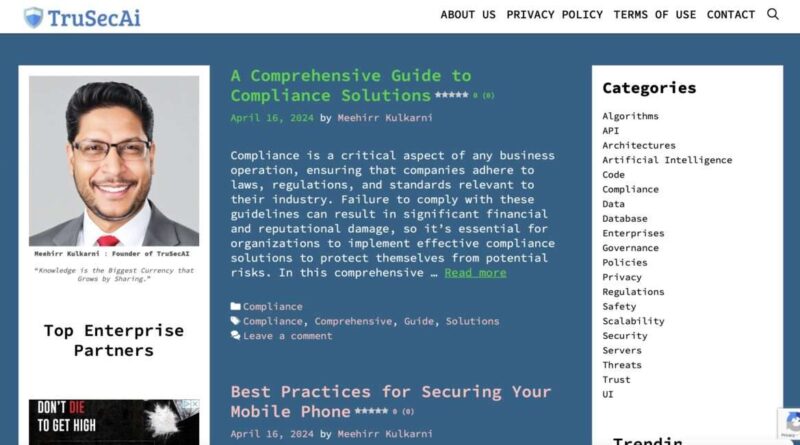“Embracing Uncertainty: The Role of Trust in Predictive Machine Learning”
Embracing Uncertainty: The Role of Trust in Predictive Machine Learning
In today’s fast-paced world, the use of predictive machine learning algorithms has become increasingly prevalent in various industries. From finance to healthcare, these powerful tools are revolutionizing the way organizations make decisions and optimize their processes. However, one of the key challenges that businesses face when adopting predictive machine learning technology is dealing with uncertainty.
Uncertainty is inherent in any prediction or forecast made by a machine learning algorithm. While these algorithms can forecast outcomes with a high degree of accuracy, there is always an element of uncertainty due to the complexity of real-world data and the limitations of the algorithms themselves. This uncertainty can lead to hesitation or skepticism in trusting the predictions made by these algorithms, which in turn can hinder their adoption and effectiveness.
So, how can organizations embrace uncertainty and build trust in predictive machine learning algorithms? The key lies in understanding the limitations of these algorithms and implementing strategies to mitigate uncertainty. Here are some steps that businesses can take to address these challenges:
-
Transparency and Explainability: One of the most effective ways to build trust in predictive machine learning algorithms is to provide transparency and explainability in the predictions made by these algorithms. Organizations should strive to make their algorithms more interpretable and understandable to end-users by providing insights into how the predictions are generated and why certain decisions are made.
-
Uncertainty Quantification: Another important aspect of addressing uncertainty in predictive machine learning is to quantify and communicate uncertainty levels in the predictions. By providing confidence intervals or probability distributions around the predictions, organizations can help end-users understand the level of uncertainty associated with each forecast and make more informed decisions.
-
Continuous Monitoring and Evaluation: Trust in predictive machine learning algorithms can also be built by implementing continuous monitoring and evaluation processes. By regularly assessing the performance of the algorithms and comparing their predictions against ground truth data, organizations can identify potential weaknesses or biases in the algorithms and take corrective actions to improve their accuracy and reliability.
- Human-in-the-Loop: Lastly, involving human expertise in the prediction process can help to enhance trust in predictive machine learning algorithms. By combining the strengths of machine learning algorithms with human intuition and domain knowledge, organizations can make more reliable and robust predictions that inspire confidence and trust among end-users.
In conclusion, embracing uncertainty is a crucial aspect of leveraging the full potential of predictive machine learning algorithms. By implementing transparency, uncertainty quantification, continuous monitoring, and human expertise in the prediction process, organizations can build trust in these powerful tools and unlock their true value. As we continue to advance in the field of artificial intelligence and machine learning, fostering trust and collaboration between humans and machines will be key to driving positive outcomes and achieving success in an uncertain world.

#liquotEmbracing #Uncertainty #Role #Trust #Predictive #Machine #Learningquotli




